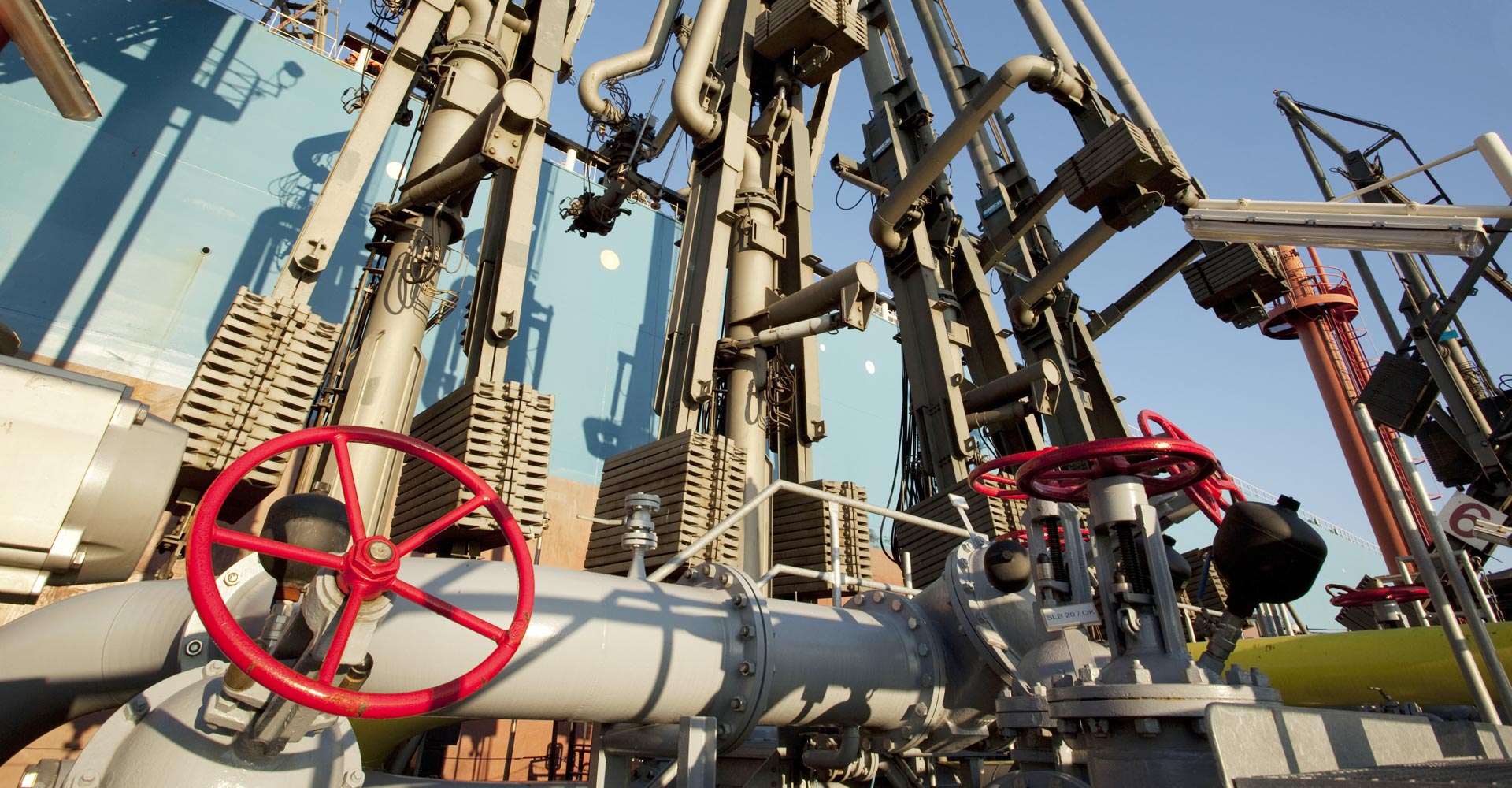Octane Number (RON, MON) & Knock Resistance
The octane number (ON) is a measure of the knock resistance of gasoline. It defines a numerical value from 0 to 100, and describes the behavior of the fuel in the engine during combustion. In determining the octane number, a distinction is primarily made between the research octane number (RON) and the motor octane number (MON). Reference is also sometimes made to the front octane number (FON), also called RON 100, and the observed road octane number (RdON).
Research octane number (RON)
The research octane number (RON) describes the behavior of the fuel in the engine at lower temperatures and speeds, and is an attempt to simulate acceleration behavior. This octane number is posted on pumps in Germany. According to DIN EN 228, the RON of a Super gasoline must be at least 95.0 and at least 98.0 for a Super Plus gasoline. The RON is usually higher than the specified required minimum.
Motor octane number (MON)
The motor octane number (MON) describes the behavior of the fuel in the engine at high temperatures and speeds – a full-throttle range, comparable to driving fast on a highway. This octane number is not generally known to the public, as it is not specified at service stations. According to DIN EN 228, the MON for a Super gasoline must be at least 85.0 and at least 88.0 for a Super Plus gasoline. Due to the nature of the product, the MON is usually at the limit of the specification.
Knock resistance
Knock resistance is a fuel’s ability not to self-ignite and burn in an uncontrolled way while the fuel is being compressed. This means that the air-fuel mixture in the engine is not ignited only by the ignition spark, but also by compression. An octane number describes this phenomenon under defined conditions.
A high octane number can help increase the efficiency and thus performance of an engine. However, the octane number is not a measure of energy content or better combustion. More performance can only be achieved by adjusting the engine parameters to the fuel, not simply by fuelling with higher-octane gasoline. Diesel fuel in the tank due to misfuelling reduces the octane number and the continuous mixing of the gas – which is why just a few drops of diesel fuel in the gasoline may cause problems of the drive mode.
Determining the octane numbers
The octane numbers (RON, MON) can be determined using one or more comparison fuels that are blended in the test lab. The check indicator of a test engine is used to show whether the comparison fuel and the sample have the same knock resistance. A “CFR test engine” can be used for this test. A CFR test engine is a 4-stroke gasoline engine with an adjustable compression cylinder. It takes its name from the Cooperative Fuel Research Committee, which developed the method and the engine. A CFR test engine has up to four tanks, which can be individually switched with the engine running.

